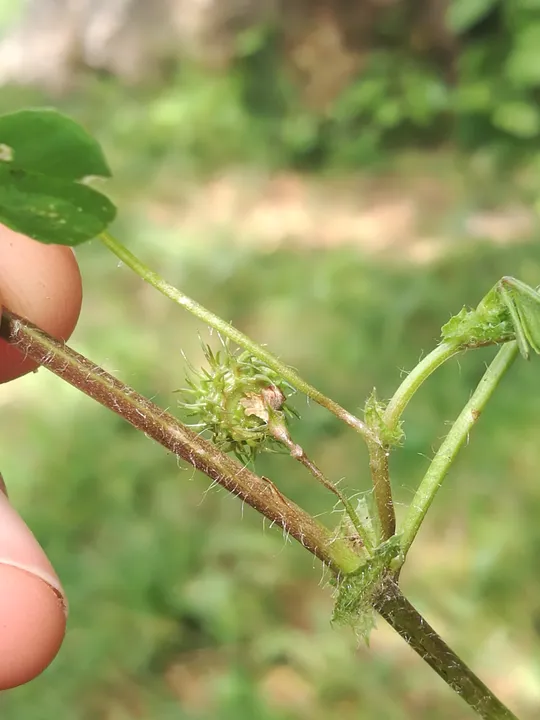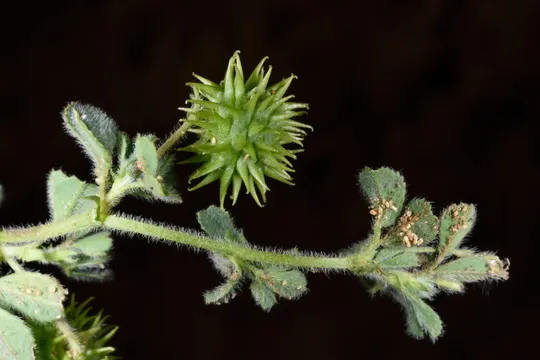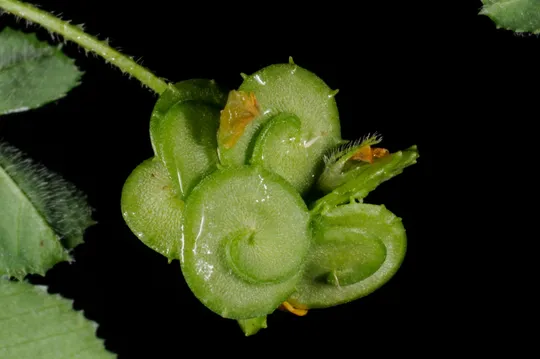Nubian Hoary Pea
Tephrosia nubica


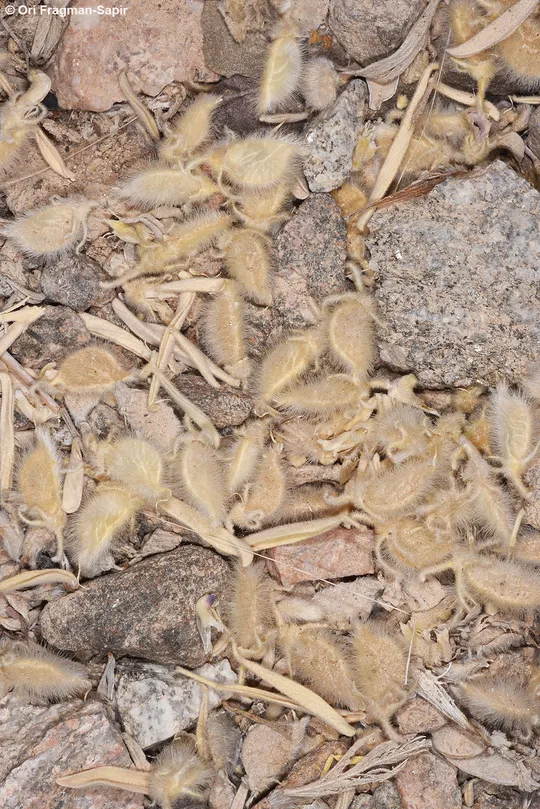
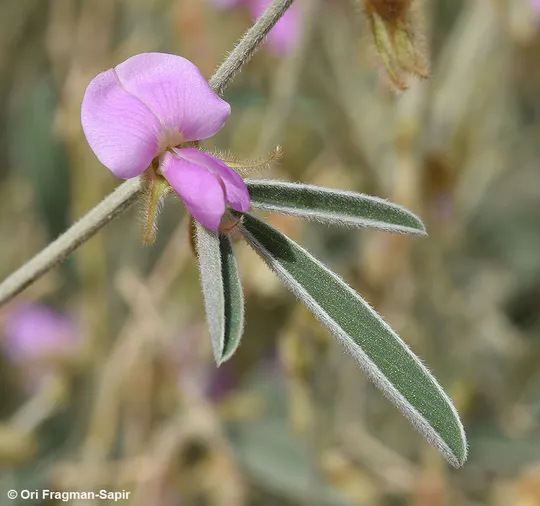
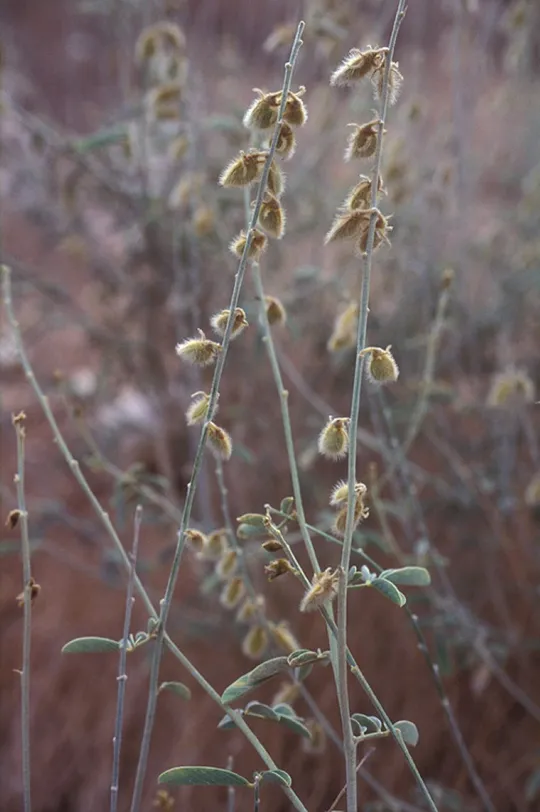
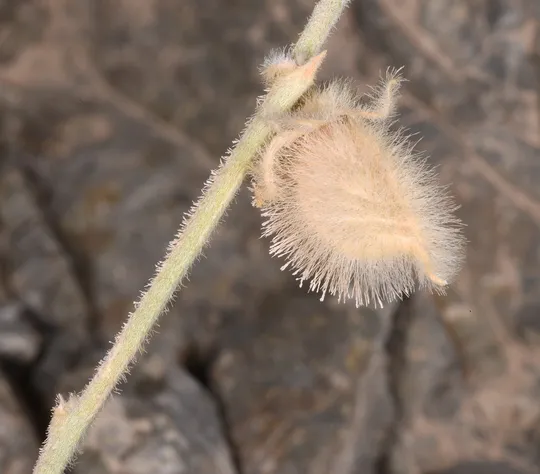
Tephrosia nubicao once grew in
the Elat Mountains on the outskirts of the city of Elat in the southern
channels descending from Mount Shahmon. The species was first found in Elat in
1951 and has since been collected for the Herbarium collection and observed regularly
in 1961, 1962, 1963, 1972, 1981, 1991. With the expansion of Elat towards Mount
Shahmon and the development of the northern industrial area, a few shrubs
survived in the northern part of town close to the cemetery. These were last
seen alive in 1996 and since then the species has not been seen in Elat or
anywhere in Israel. T. nubica was collected
in 1961 near Kibbutz Elot in Wadi Roded. This population also has long been
extinct (David Rivner).
Warm sandy and stony wadis. In Elat Tephrosia
nubica grows only on igneous rocks at altitudes of 50-120
meters with 32 mm precipitation, in stony small flow channels.
Tephrosia is a large genus
in the Papilionaceae family, with has 400 species found throughout the tropical
world. Its center of distribution is located in Africa. Most species do not grow
in the equatorial region proper, but in areas with a seasonal tropical climate such
as the Sudanian region. Several species are used in agriculture: one whose
leaves are used as fertilizer and as green fodder, one whose seeds are edible,
and a few species whose roots are used as a poison for catching fish. The roots
are occasionally used for medicinal purposes. In the hot Negev wadis in the Elat
area and in eastern Sinai T. apollinea, which has red flowers, is more
common. T. nubica differs from it in its pink flowers,
hairy plant organs and especially by its short one-seeded fruits. Dr. Gillett, an
expert on the flora of Sudan, identified two subspecies in Tephrosia
nubica: the Nubian subspecies, with 3-6 pairs of leaflets in
the leaf and spaced hairs on the stem and the Arabian subspecies, with 2-3
pairs of leaflets on the leaf and close fitting hairs on the stem. The
subspecies in the Elat area is apparently the Arabian subspecies. Both two
subspecies have been recorded from the Gulf of Elat ridges in Arabia.
·
Formerly
there was a single Tephrosia nubica site on the outskirts
of Elat. This site has become extinct as the city expanded.
·
All
efforts to locate additional plants in the area in 2000-2005 were unsuccessful.
There has been no
systematic rare species survey in the Elat area. Such a survey should be
conducted and the search for Tephrosia nubica
should continue in the warm wadis in the Elat area. Two T. nubica
populations should be reintroduced or naturalized, one in the Wadi Shlomo area and
another near the Elat cemetery, and monitored.
Tephrosia nubica is found mainly
in the eastern part of Sudanian region: southeastern Egypt (ǧebel
Elba and ridges bordering the Red Sea), Sudan, Ethiopia, Kenya, the Horn of
Africa (Djibouti), Chad and extending westward to Nigeria and Mauritania. It
grows in all the Sudanian regions in Arabia on the Red Sea and Indian Ocean
coasts.
Tephrosia
nubica is an herbaceous Sudanian dwarf shrub with a woody
base, which previously grew in the Elat area (only on the northern edge of the
city at the foot of Mount Shahmon) and which has been extinct since 1996. This is a very rare Sudanian plant, which
became extinct in the wake of the development and expansion of Elat. T. nubica could
have easily been transferred to a protected site in the Elat Mountains. A similar
reintroduction from eastern Sinai can still be done.
Current Occupancy Map
| 1000 squre meter pixel | 5000 squre meter pixel | 10000 squre meter pixel | |
|---|---|---|---|
| number of observations | 0 | 0 | 0 |
| in total pixels | 0 | 0 | 0 |
| Family | Fabaceae |
| Classification | On the endangered species list |
| Ecosystem | Desert |
| Chorotype | Sudanian |
| Conservation Site | Wadi Shlomo |
| Rarity |
1
6
6
|
|---|---|
| Vulnerability |
0
4
4
|
| Attractiveness |
0
0
4
|
| Endemism |
0
0
4
|
| Red number |
1
5.3
10
|
| Peripherality | S |
| IUCN category | DD EW EX LC CR EN VU NT |
| Threat Definition according to the red book | Critically endangered |
 Based on:
Based on:

